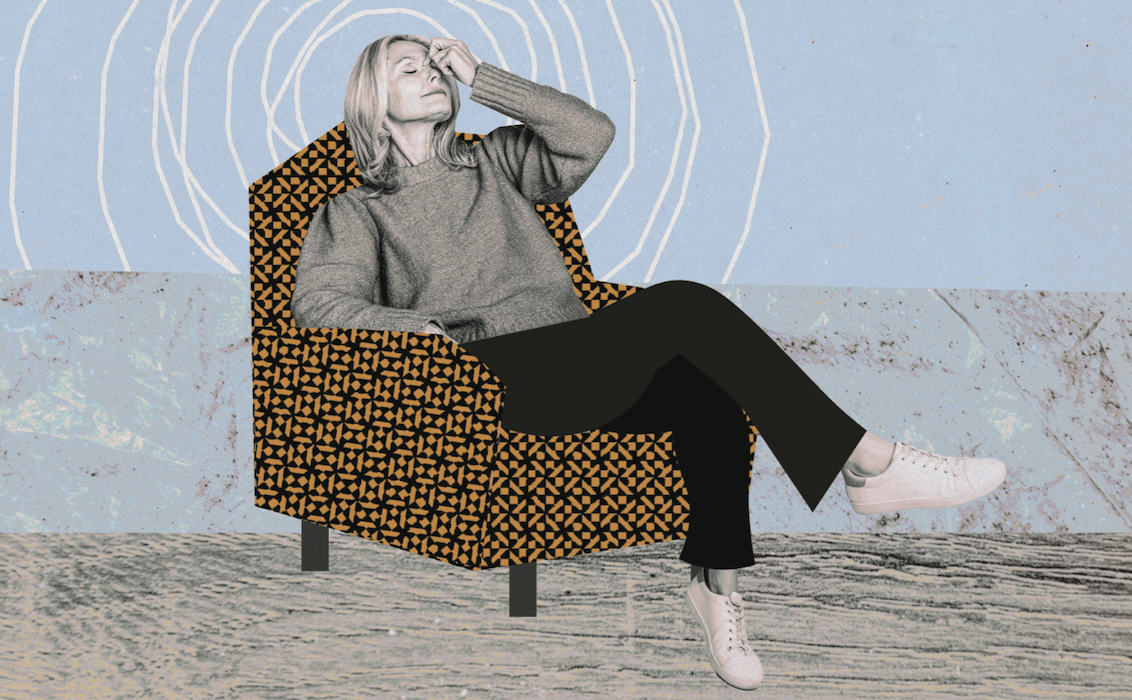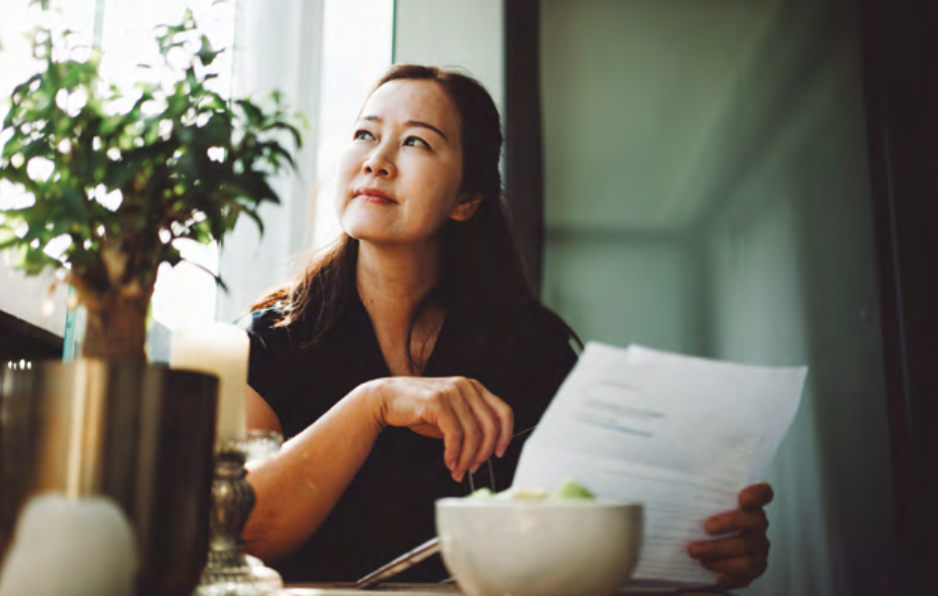By Anne-Marie Tremblay
Along with strength, balance, and endurance, flexibility is key to maintaining your mobility and independence by reducing the chances of a fall; fortunately, you can always improve your flexibility, whatever your physical condition
About 10 years ago, when Louise Éthier began doing Pilates, a floorexercise method that aims to strengthen the core muscles and balance, she was already very active—hiking, kayaking, paddleboarding, swimming, and dancing the tango. Yet the retiree struggled at first.
“When I started, I couldn’t do some of the movements,” she says. “Pilates really improved my flexibility. Today, at age 72, these same exercises seem really easy to me.”
Progress happens quickly, Éthier says, with results noticeable within one 12-week session. “This method allows me to work on not only my flexibility but also my balance and muscle strength,” she adds. And stretching induces relaxation, reducing stress.
“After a Pilates session, you have such a sense of well-being,” Éthier says. “You feel that you’ve worked your whole body, without pushing yourself past your limits.”
Diane Grandmaison, a Pilates instructor in Trois-Rivières, Que., says the exercises are targeted: “We work the abdominals a lot, as having core muscles that aren’t strong leads to pain or problems with posture.”
Renewed Vitality
Whatever your situation, stretching is part of a healthy routine. “The muscles are like elastic bands that stretch and retract,” says Marc-Antoine Pépin, a kinesiologist and president of the Fédération des kinésiologues du Québec (Quebec Federation of Kinesiologists). “When the muscle is flexible, it can lengthen and return to its original shape without breaking or tearing.” This range of motion makes movement and daily activities easier.
Maintaining flexibility helps to prevent injuries. “When muscles are very stretchy, they absorb shocks and protect the joints and vertebrae,” Pépin says. “In other words, you’ll take less of a knock.” Improved flexibility also means better balance.
“Muscles have sensors that allow them to adjust if, for example, you’re walking on a slippery surface,” he explains. And good flexibility increases reaction speed. Éthier says she feels more solid on her feet when climbing a stepladder or getting on a bike than before.
Consistency and Regularity
The body stiffens over time, which is why it’s important to move and do exercises to improve flexibility. “It’s not about being able to do the splits but being able to function in daily life—tie your shoes, bend over to pick something up off the floor, or put on a sweater,” Pépin says.
Besides Pilates, yoga or simply stretching before physical activity can make a huge difference. “The important thing for improving is regularity,” he says. “The ideal would be to stretch five to seven times a week and to do it slowly, without any sudden movements. A five-minute routine to stretch the body’s major muscles is perfectly adequate.”
It’s easy to find stretching exercises online and add the movements to your day. Some online programs are specially designed for seniors, such as the safe series developed at Montreal’s McGill University Health Centre.
“However, if you have injuries or pain, it’s best to check with a health professional first,” Pépin warns. Massage-therapy sessions can also help to stretch the body, at least temporarily, he says. And seeing certain health professionals, such as an osteopath or a physiotherapist, can be useful.
Don’t forget to hydrate. A muscle is a tissue, and drinking water gives it more elasticity. “Although it depends on each person’s level of physical activity, we recommend drinking 1.5 litres [6.5 cups] of water a day,” he says. “The ideal is not to wait until you’re thirsty before taking a drink.” A little exercise and water—it’s easy (and inexpensive) to work on your flexibility.
Éthier says she’s feeling much less pain and fewer of the effects of arthritis since she started stretching. “I move, I’m comfortable in my body, and I’m enjoying life more. That’s how I stay youthful,” she says. Now that is a convincing argument for stretching. Shall we get started?
Resources
• MOVE 50+: This bilingual website features printable exercise programs designed at the Université de Sherbrooke (Que.) for those aged 50 or older.
• safe (Senior Adult Fitness Exercises): Developed by the Geriatric Division of Medicine at the McGill University Health Centre in Montreal, safe comprises a series of exercise videos along with instructions to improve flexibility, strength, balance, and endurance.






